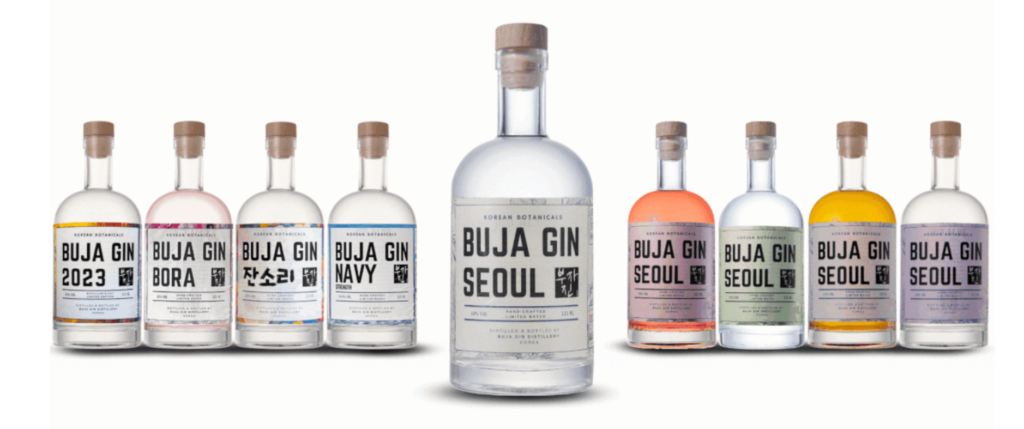Why you need gin
It's that time of day after work when you're curled up on the couch and recapping your day.
You turn on Netflix and reach for a light drink.
When whiskey feels a little heavy, and you don't feel like emptying a bottle of wine,
gin is your perfect friend.
What is it about gin that has made it more than just a drink, but a lifestyle?
The main appeal is the balance: a glass of gin and tonic (200 ml) has around 170 calories, which is lighter than a glass of wine (240 calories) or a can of beer (270 calories).
The 8-10% alcohol content is perfect for a nice, relaxing drink.
Interestingly, did you know that gin started out as a medicinal spirit?
Originating in the Netherlands in the 16th century, gin became a sophisticated liquor that became a favorite of the British royal family.
Harnessing the medicinal properties of the juniper berry, Genever traveled to England and evolved into the
to become the "gin" we know today.
This story sounds like something out of a British soap opera, and it even made a brief appearance in season 1 of Bridgeton!
The latest gin trend for 2024 is 'craft gin'.
The world of gin, once dominated by London Dry Gin, took a turn for the better in the
the 2010s saw the rise of craft gin.
The artisanal and regional flavors of craft gin began to capture the tastes of modern drinkers who were tired of the cookie-cutter flavors.
Gin is now more than just a drink, it's a vehicle for local stories.
Craft gins from all over the world are expressing their own unique botanicals
with their own special botanicals.

Bujangjin is a craft gin made from herbs grown naturally in Yangpyeong.
Created by a son who trained in distilling in the UK with his father's 25+ years of organic herbal knowledge, Buzujin isn't just about making good booze, it's about the honesty and integrity behind the process.
From juniper berries deep in the mountains of Gangwon-do, to yuzu and hallabong grown in the warm sunshine of Jeju, to donggule and shiso grown in the clear air of Yangpyeong.
Our gin captures the beautiful landscape of Korea, with each ingredient telling the story of the land they grew in.
Korea has a long history of medicinal plants. Schisandra, Donggulle, bellflower, ginger... these are all valuable ingredients that our ancestors have used for health.
What would happen if these Korean botanicals were combined with gin? That was the beginning of Bujangjin.
Gin is no longer a 'British drink'.
Craft gins with regional flavors are gaining traction around the world.
Bujangjin is at the center of this trend, creating a unique Korean gin culture.
A journey to bring Korean color to the traditional mold of gin,
would you like to join us?





